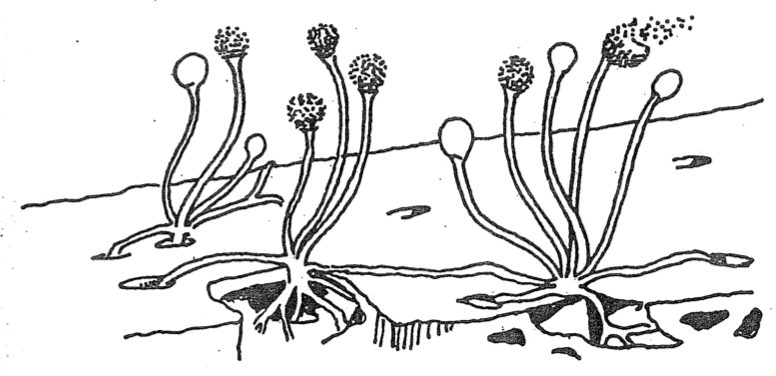In the process of sporulation, spores are formed from the vegetative cells, when the environmental conditions are not favorable. Sporulation may be referred to as the adaptive response by which the organisms survive in the given adverse conditions such as, extreme cold or heat, radiation, and lack of nutrition, etc. As compare to the vegetative cells, the spores which are formed by the sporulation process are multilayered structures and tend to be relatively dormant, or dormant.

Due to these characteristics, some of the spores are able to preserve the genetic content of the organisms during the harsh or adverse environmental conditions. During the unfavorable conditions, the vegetative cells of certain organisms go through the morphological changes and some changes in the level of the programmed gene expression, and ultimately spores are produced. Other than the genetic material, specific acids, some cytoplasm, appropriate enzymes, and ribosomes are also present in the spores which helps in their germination when the environmental conditions become favorable.
The word spore is a Greek word that means the seed. Spores are produced by the fungi, protozoa, bacteria, algae, and by the plants. Depending upon the organisms there is great variation in the spores and based on this variation the spores are categorized into the different types which are listed below.
- Asexual spores, such as the exogenous spores which are produced by the conidia oidia.
- Sexual spores (zygote, oospores).
- Vegetative spores such as chlamydospores.
- Megaspores of the plants such as female gametophyte.
- Microspores of the plants which develop to the male gametophyte.
- Endospores, which are the type of the spores, that are produced within the organisms such as bacteria.
- Exospores which are produced outside the cells such as in spores of the genus Methylosinus.
Spores are just the reproductive cells, which are capable to develop into the new organisms, without fusing with another reproductive cell. Spores differs greatly from the gametes, as gametes are the reproductive cells and they must have to fuse in the pairs to produce the new individuals. In other words, spores are agents of the process of asexual reproduction. The plant in which the life cycle is characterized by the alternation of generation, of sexually, and asexually reproducing individuals, spores are the main agents for asexual reproduction. In the spore-bearing generation, the spores of the plants give rise to the haploid gametophyte. In the non-seed-bearing plants such as the hornworts, liverworts, mosses, and in ferns, spores are more conspicuous. Generally, the spores are locally shed by the local plants and the organs responsible for generating the spores are located in the underside of the leaves.